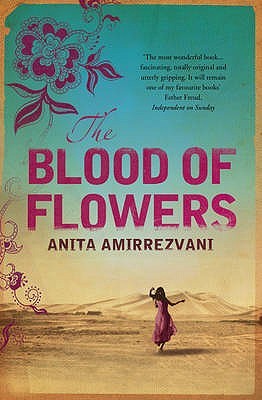|
|
This is a coming of age story written in a style that’s delicate and at the same time bold, very much like the protagonist of this story. The story line takes place in 17th Century Persia and delves deeply into the customs and cultural idiosyncrasies of this era, where men ruled. The author brings everything to life and pulls you in with her wonderfully rich descriptions of the people, the architecture and the food. The primary focus of this book is the journey of a young village girl who you become very attached to, which is a tribute to the author’s excellent character development and part of the strength of this book.
Personally I felt anger when this young village girl (who remains nameless throughout the book) was unfairly treated and I found myself rooting for her as she learned painful lessons. The author deals with many universal themes in this book, especially those of conditional and unconditional love and the bonds of family and friends. However, on a deeper level she also presents the timeless issue of money equals power and the social issue of cheap labor. She provokes a lot of thought on the current standards of cheap Third World labor as the reader follows the ups and downs of this young girl’s plight. The book is written from the perspective of women from both classes giving a balanced view of the wealthy exploiting the poverty stricken and the poverty stricken fighting for independence and recognition. The plot is also well paced and to add another layer of depth, the author intersperses Persian folklore into the story, which is interesting and engaging. |
|
We all enjoyed the book and it got a rating of 8 /10. Note: This book was long listed for the 2008 Orange Prize for Fiction.
Submitted by Nabila Ahmad
Book Group 2 |
|





